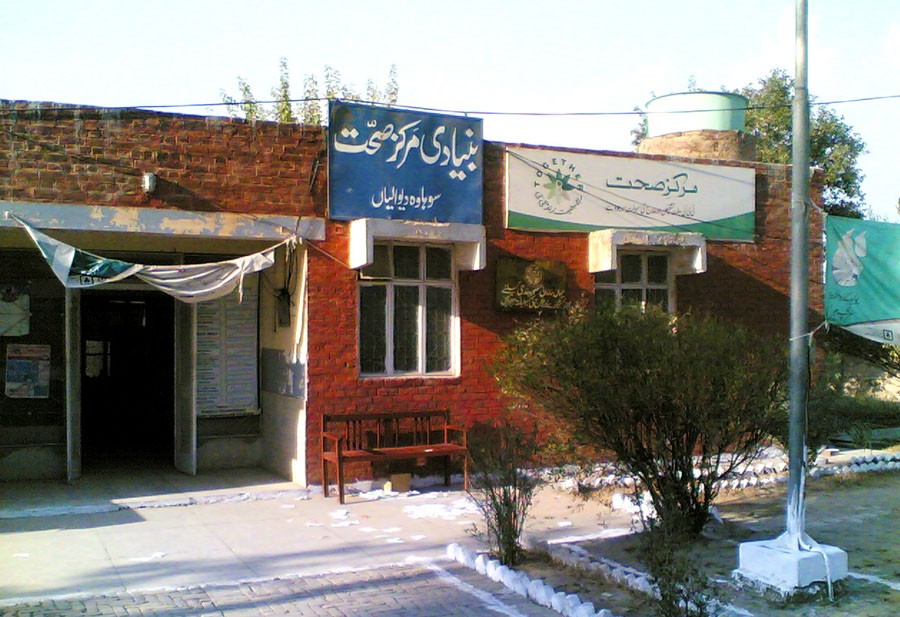
To improve health service delivery Punjab needs to review its health policies

Despite a large increase of public health infrastructure and services with 2,520 BHUs, 315 RHCs, 119 THQs, 27 DHQs and 19 tertiary/teaching hospitals in Punjab (Annual Health Development Report, 2016-17), there are still many gaps in health sector. Moving towards a quality healthcare system will require the identification of those specific areas where system complexities exist and are impeding progress and development.
First of all, the current scenario of healthcare delivery system is uneven in the distribution of resources within and across districts and also between rural/urban areas dissection.
District Health Information System data confirms that there are at least 10 districts that do not have a DHQ while only 12 districts have a Teaching Hospital of which Lahore has 17 of the 43.
As Punjab is the most populous province of Pakistan, it can play a key role in attainment of national health targets and Sustainable Development Goals.
Given the critical link between investments in health and human resource development, Punjab has brought many reforms in health sector and has attempted to align its policymaking to achieve its health targets. These reforms can be detected in the implementation of Punjab Growth Strategy, Health Sector Strategy and Roadmap Programme. Many improvements can be observed in healthcare system as a result of these reforms.
In Punjab the focus has been more on the supply side of clinical and non-clinical healthcare and upgradation of infrastructure, building up new primary, secondary and tertiary heath units but the quality issues get less consideration by them. Unfortunately, these clinical and non-clinical considerations are often found to be simple medical error when appraisal of the decisions making is taken.
All the districts must be equipped with cold chains for preservation of supply of vaccines. The healthcare spending mechanism must be improved for better healthcare outcomes.
According to Punjab Economic Report, 2017 Punjab does not have enough medical doctors to treat its population of 111.012 million individuals. The current doctor-population ratio in Punjab stands at 1:2187 as compared to WHO’s recommended 1:1000. Lahore and Faisalabad have the highest number of facilities but lowest number of senior medical staff per million population.
The Punjab Healthcare Commission has registered over 33,000 healthcare establishments including small and big hospitals, BHUs, clinics, homeopaths and diagnostic centres.
Over 46,000 Lady Health Workers (LHWs) and 1,850 Lady Health Supervisors (LHSs) are deployed all over Punjab; 37 per cent in urban slums and 85 per cent in rural areas.
The number of LHWs in Punjab in the catchment areas has increased from 1,000 to 1,500. Around 1,200 Community Workers have been recruited in Punjab to increase health coverage. Training of community midwives (CMWs) and LHWs is an ongoing thing in the province. Despite all these efforts, maternal mortality remains a major issue in Punjab.
According to a study of Pakistan Population Council (2015), 302 maternal deaths per 100,000 are reported in Punjab and the major reason behind these deaths is low quality of emergency obstetric care. The study recommends that these conditions should be kept in mind while designing any future interventions.
Financing is a key component to achieve the targets in Punjab. The total healthcare budget allocation increased from Rs 121.8 billion in 2014-15 to Rs. 166.1 billion in 2015-16 and now stands at Rs. 207.3 billion for 2016-17. For primary and secondary healthcare, per capita allocation has increased from Rs559 in 2015-16 to Rs665 in 2016-17 whereas for specialised healthcare and medical education, per-capita allocation has increased from Rs730 to Rs907.
The increase in allocation however does not actually translate into improved service delivery because a significant amount of allocated budget remained unspent. According to a data obtained from Finance Department Punjab, it is witnessed that about 15-20 per cent budget remained unspent in last five years.
To improve health outcomes and reduce the burden on the health budget, Punjab needs to review its health policies. Though the government is paying attention to prevention as well there is need to invest in social mobilisation of communities and creating awareness in the uncovered and remote areas.
The incidence of non-communicable diseases can also be reduced by creating awareness and promotion of healthy diets and lifestyles. Medicines must be provided on regular basis. This calls for a comprehensive drug control regime. For this purpose, all the districts must be equipped with cold chains for preservation of supply of vaccines and other medicines. And most importantly, the healthcare spending mechanism must be improved for better healthcare outcomes.
The writer is Associate Research Fellow, Punjab Economic Research Institute (PERI)